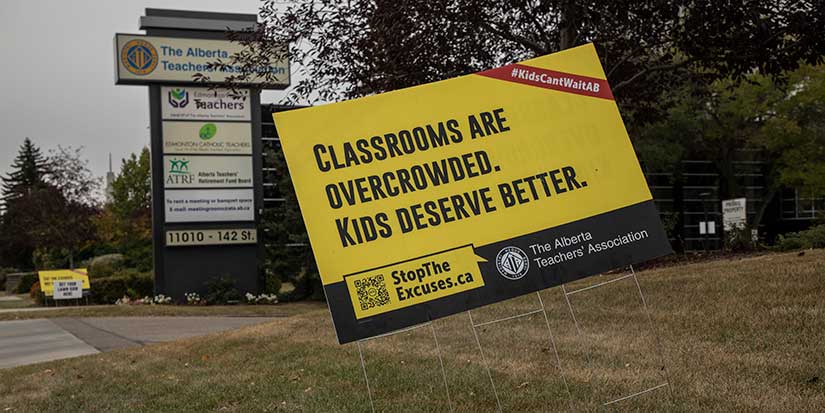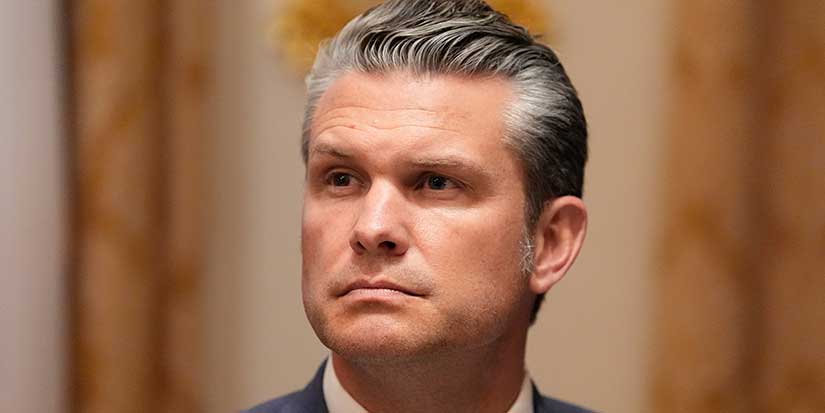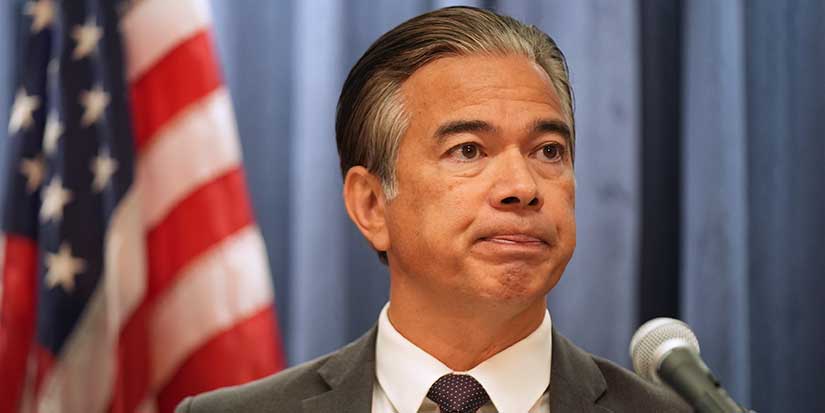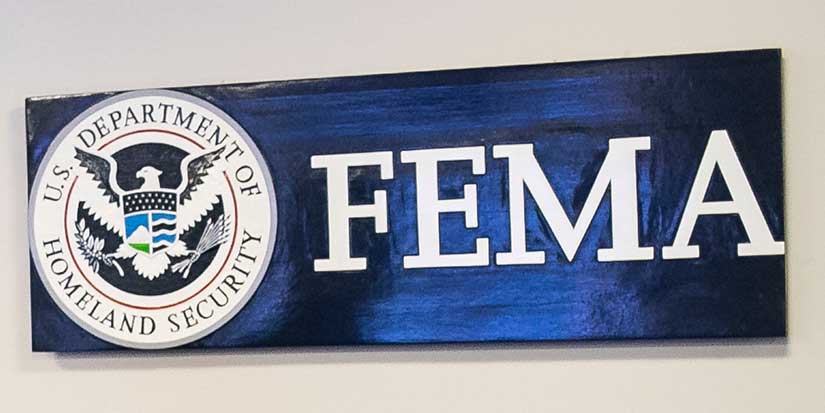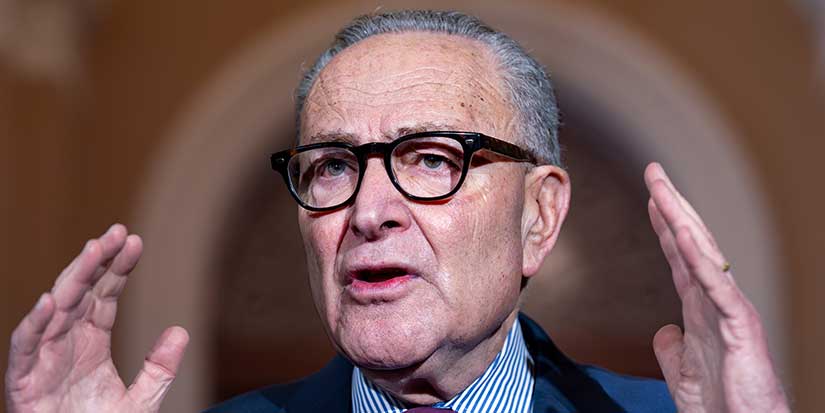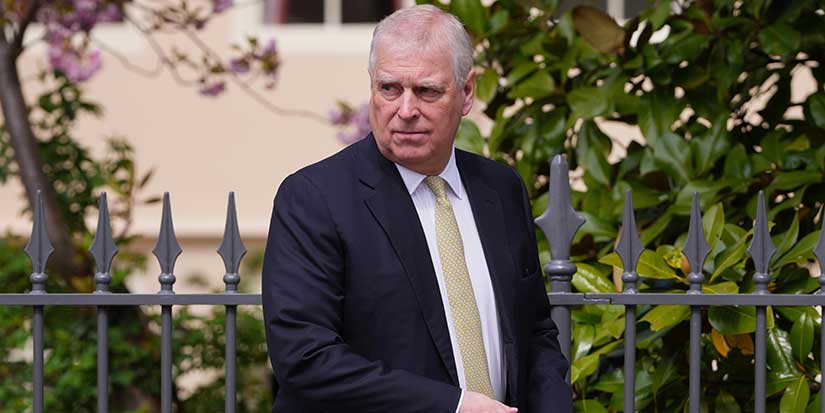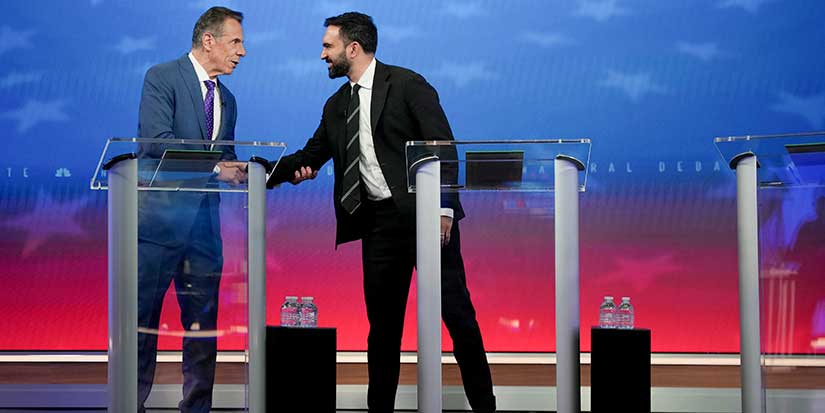National News
Alberta teachers reject government request to end strike and enter mediation
Published 11:31 PDT, Fri October 17, 2025
Last Updated: 12:10 PDT, Fri October 17, 2025
—
The union representing Alberta teachers says it has turned down a request from the government to end a provincewide strike on Monday and go through enhanced mediation.
Alberta Teachers' Association president Jason Schilling said the request came in a letter Thursday and the proposal left him and the union feeling "insulted."
He said he would expect the mediation process to be biased, since the province said it's not willing to discuss caps on classroom sizes.
"This limitation undermines any attempt at resolution," Schilling said Friday.
The strike by 51,000 teachers, the largest walkout in the province's history, has shuttered schools for two weeks for about 740,000 students.
Caps are a main sticking point in the contract dispute, alongside wages, and Schilling said teachers aren't willing to back down.
He said the union responded to the government's letter and is waiting on a response.
Schilling didn't rule out the possibility of ending the strike if the province moves on the terms of mediation.
"If they want to send a letter back and try ... to improve the process, then we will look at what it is and then respond," he said.
Premier Danielle Smith and her education minister were set to hold a news conference later Friday.
Smith has questioned the feasibility of instituting limits on class sizes, though a number of other provinces have some form of cap or targeted cap, including Manitoba, British Columbia, Ontario and Saskatchewan.
Smith said earlier this week the number of working teachers and student enrolment figures in Alberta means there should only be 21 children in each class.
Teachers say they regularly have more than 30 students in their classrooms and are stretched too thin.
Schilling said Smith's calculation is "an interesting way to do math."
"You're not accounting for population density, you're not accounting for the number of students that are in urban centres," he said.
"It would be, for example, taking the entire population of Alberta divided by the number of towns and say that's how many people live in every town."
Caps in other provinces range from hard maximums for certain grades or types of classes. Newfoundland and Labrador, for example, limits classes in grades 1-3 at 25 students. If an education assistant is in the class, the cap is raised to 27.
The Alberta government's bargaining committee and the teachers' association met Tuesday — for the first time since the Oct. 6 walkout — to discuss a new proposal put forward by the union. But formal talks haven't resumed.
Finance Minister Nate Horner said this week the union "shot for the moon" with a proposal that would require the province spend $2 billion more than the $2.6 billion it set aside for a deal.
The last contract sent to a vote, late last month, included a 12 per cent salary bump over four years and a government promise to hire 3,000 more teachers to address class sizes. Teachers overwhelmingly rejected the offer.
Horner said it was likely the province would table back to work legislation later this month, when the assembly sits again, if the strike is still on.
– Jack Farrell, The Canadian Press
